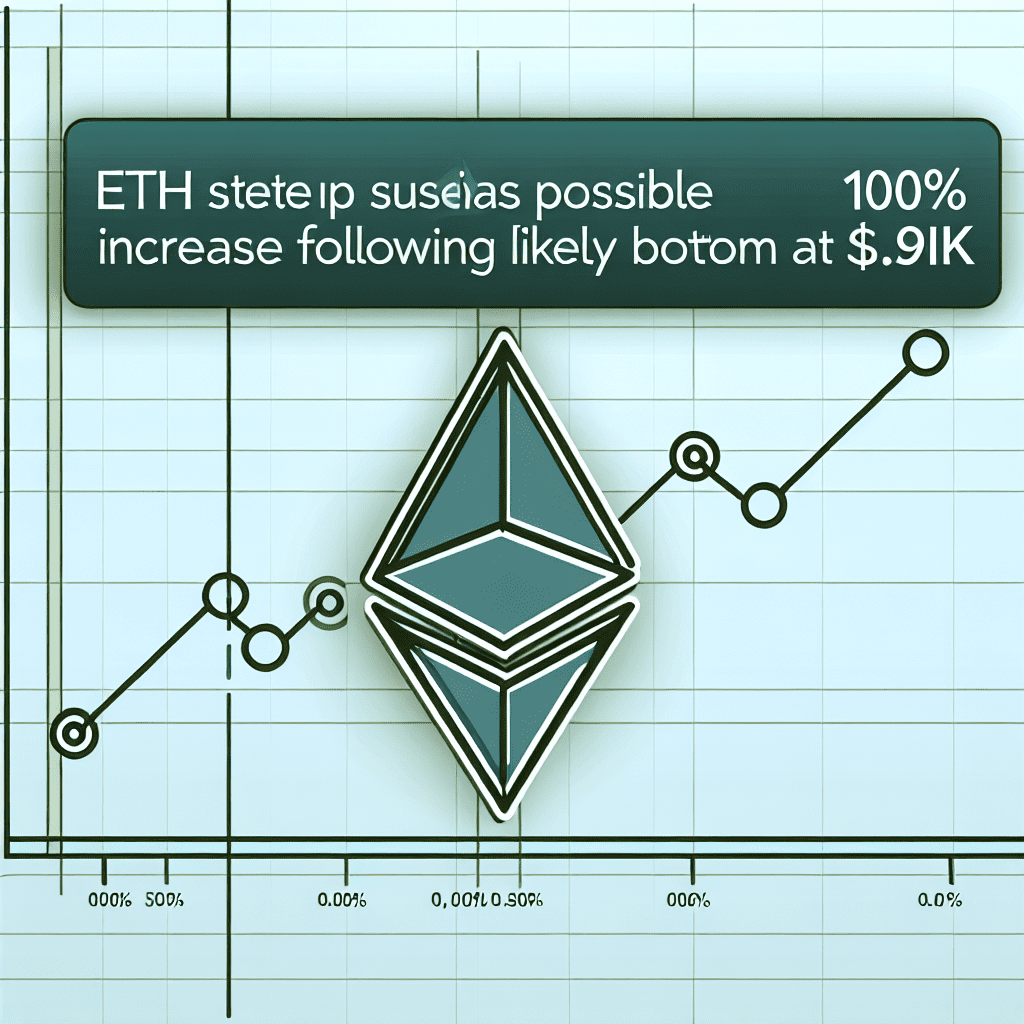Key takeaways:
Ethereum appears to have established a floor at $3,900, indicating a potential local bottom.
A rare Power of 3 pattern hints at a possible 80% to 100% breakout in Q4.
Ether (ETH) may have indicated a local bottom around $3,900, with a significant technical pattern suggesting another major breakout is possible. As observed on the daily chart, traders are likely monitoring the return of the Power of 3 (PO3) model, also known as the Accumulation-Manipulation-Distribution framework, which previously propelled ETH from $2,000 to $4,900 between May and June.
The latest structure displayed a comparable trajectory. Ether buyers accumulated between $4,800 and $4,200 before a rapid decrease momentarily pushed the price under $4,000. Market analysis interprets this movement as a deliberate liquidity sweep or stop-hunt, eliminating external liquidity around $4,180, a level already highlighted in previous analyses.
The retracement, which coincided with a daily fair value gap (FVG), has strengthened the bullish outlook rather than undermining it, possibly mirroring the Q2 setup.
Momentum indicators are also supporting this perspective. Both the 25-day and 50-day simple moving averages are serving as near-term resistance, with the next crucial step being a definitive daily close above $4,500. Achieving this level would provide Ether with a strong foundation for its next ascent.
From this point, analysts anticipate a potential 80–100% breakout as Q4 progresses, reflecting the scale of gains observed earlier this year. With its recent low below $3,900 appearing increasingly like a floor price, Ether may be gearing up to reach new highs in the upcoming weeks.
Related: Ethereum’s ‘bull flag’ targets $10K as ETF demand returns
Ether derivatives and spot flows
Ether’s open interest (OI) and futures cumulative volume delta (CVD) have only seen slight increases while the price rose approximately 15% in a week, suggesting that the advance is not yet driven by leverage and decreasing the risk of forced long liquidations if momentum stalls, but also indicating potential for OI growth to support a secondary leg if spot demand continues.
Conversely, a notable drop in spot CVD during the price increase signaled that aggressive sellers were entering during strength, representing a classic bearish divergence that may indicate absorption by passive bids or distribution from larger holders, often preceding volatility if support is tested. If absorption persists and the price stays above reclaim levels between $4,200 to $4,400, sidelined leveraged traders might re-enter and extend the trend with controlled volatility.
However, if bullish absorption weakens, the divergence increases pullback risk and the likelihood of sharp mean-reversion dips as liquidity pockets are cleared before the trend continues upwards.
A near-term zone of interest is defined between $4,100 and $4,250, where internal liquidity is densely packed and volume inefficiencies are observable. The price previously surged through this region without achieving proper balance between buyers and sellers. Therefore, if bullish momentum fails to maintain a push above $4,500 in the coming days, this area could serve as a critical retracement target or support zone for price re-entry.
Related: Solana may have an edge over Ethereum in staking ETFs, says Bitwise CEO
This article does not contain investment advice or recommendations. Every investment and trading move involves risk, and readers should conduct their own research when making a decision.

